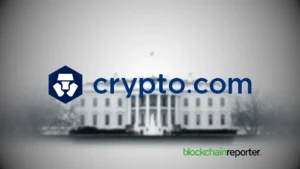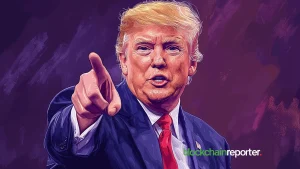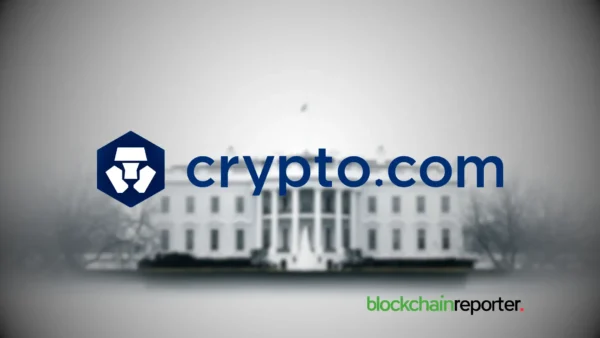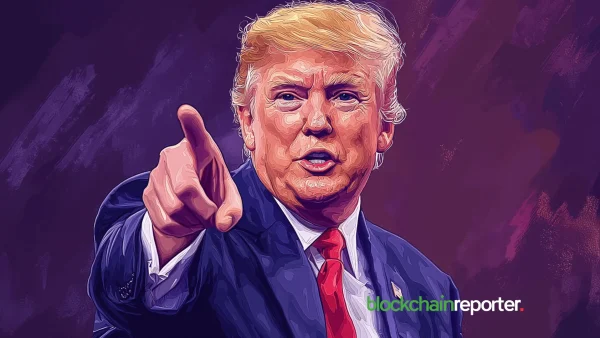
Uniswap is a decentralized exchange (DEX) that runs on the Ethereum (ETH) blockchain. The beauty of this platform is that it allows users to exchange ETH for any other ERC-20 token in a decentralized fashion.
This trading platform differs from a centralized exchange in that there’s no company holding your funds and levying fees on it. There is also no Know Your Customer (KYC) protocol and or any 3rd party involved in the trading process.
When you execute a transaction, Uniswap immediately takes the tokens out of your wallet and puts the funds back in your preferred format, so there’s no custodianship.
Let’s learn more about this unique DEX to discover how you can provide liquidity for the platform and earn from your contributions.
Solving the Issue of Low Liquidity
When it comes to decentralized exchanges, most users complain about thin order books. Uniswap solves this problem by leveraging global liquidity pools to create unique markets for any two digital assets.
Instead of stipulating what price to buy or sell at, traders simply select an input and output token, and the Uniswap algorithm comes up with a market rate.
This DEX utilizes a variant dubbed the “Constant Product Market Maker Model,” which ensures the exchange always provides the needed liquidity to traders.
Liquidity providers usually supply the capital to any pool by depositing the collateral for both sides of a market. For instance, if you want to supply the capital to the DAI/USDC market, you must submit an equal amount of DAI and USDC to maintain the deterministic algorithm called Automated Market Maker (AMM).
When liquidity is supplied, Uniswap awards users with liquidity tokens that serve to keep track of what portion of a certain liquidity pool you are responsible for.
In order to incentivize liquidity, Uniswap charges trading fees of 0.3%, which serve a dual function: they guarantee that the total bulk of reserve grows with each trade. They reward liquidity providers who earn a share of the transaction fees generated in equal proportion to their contribution.
Participants receive their share of the transaction fees when they burn their pool tokens to withdraw their portion of total reserves.
Uniswap currently allows “swaps” between Ether and about 200 ERC20 tokens, including widely held tokens such as BAT and SNX, as well as numerous DeFi tokens like WBTC, CDAI, and CEL.
The platform is constantly seeking to increase its trading offerings, with a recent example being the integration with the Switcheo network on Jan. 7, 2020, that enabled Switcheo users to gain access to a much bigger pool of liquidity as well as more competitive pricing.
How To Earn from Uniswap Liquidity Pools
The platform uses liquidity pools, which are basically pools of tokens that sit in smart contracts, and there are enough tokens for users to exchange any of them using ETH as a conduit.
Let’s say you wanted to participate in the DAI liquidity pool. The swap works by you first depositing an equal value of ETH for the equivalent amount of DAI tokens.
When a buyer comes in and wants to trade DAI and take Ethereum out, your Ethereum liquidity might decrease, while your DAI liquidity might increase.
Liquidity providers receive a 0.3% transfer fee that Uniswap charges to the swapper, which is then split among all the liquidity providers in that particular pool based on the percentage they’ve contributed.
Therefore, to get started on Uniswap and earn for providing liquidity to other traders, you have to connect a web three wallet like Metamask, select the digital asset you wish to trade, and the asset you want to receive. The platform will automatically process the contract and update your wallet balance.
That said, it should be noted that only ETH-based assets like CEL are supported in the current version. Other protocol tokens such as Tezos, SOLVE, or Binance Coin are presently not supported via Uniswap markets.
Uniswap V2 Brings Increased Security
Just recently, in May 2020, the second iteration of the Ethereum decentralized exchange Uniswap V2 exchange launched, bringing three key improvements to usability and security.
Uniswap V2 now allows direct token-to-token swaps, which are particularly useful in stablecoin-to-stablecoin trades like USD Coin (USDC) to Dai (DAI). While traders could carry out these swaps in the previous version, they had to use ETH as a conduit, which meant extra charges and slippage.
The Uniswap team has also introduced a feature named flash swaps, which is similar to flash loans. The new feature is very useful for performing price arbitrage between different DeFi platforms.
Prior to the news release, Ethereum CEO Vitalik Buterin explained in a tweet that Uniswap V2 contains an improvement in the price oracle, which should be resistant to attacks involving Flash Loans such as the recent hack on decentralized lending protocol bZx.
Bottomline
Low liquidity has, for a long time, inhibited the growth of decentralized exchanges, as it isn’t possible for the regular crypto trader to be a market maker.
Uniswap has developed a mechanism to solve the liquidity issue by incentivizing users to contribute any amount of liquidity, and use an algorithm to pool that liquidity to create open-source markets.
Compared to other DEX platforms, Uniswap has several unique advantages for small-traders, especially because it has no listing fees, requires no native tokens, and offers some of the most discounted gas fees of any DEX.








